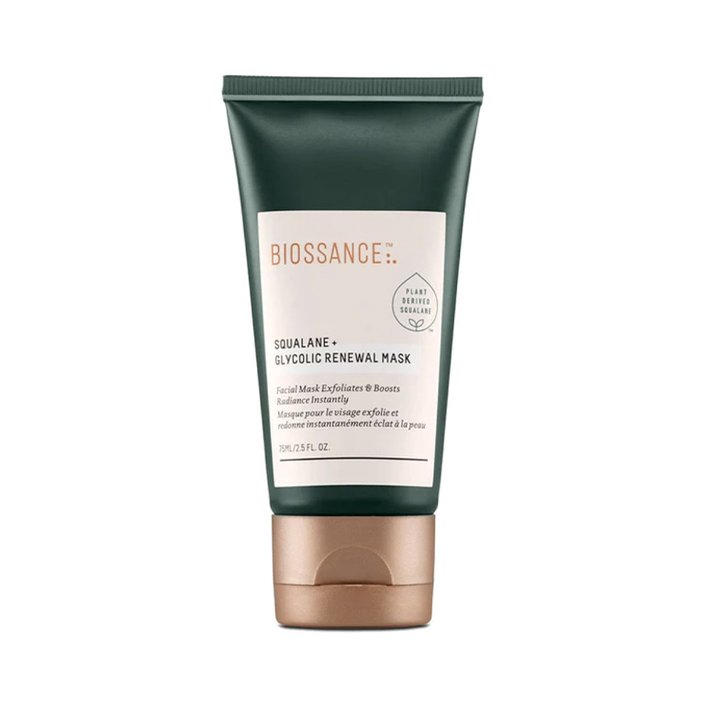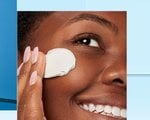Signs That You've Over-Exfoliated Your Skin — Plus How to Fix It
December 20, 2022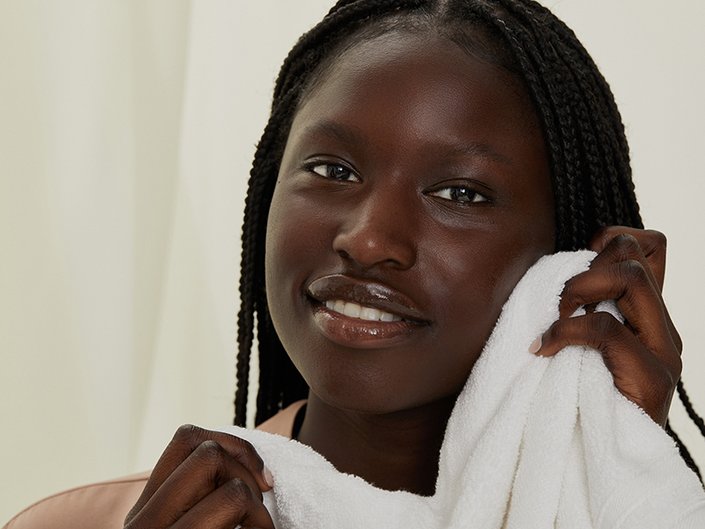
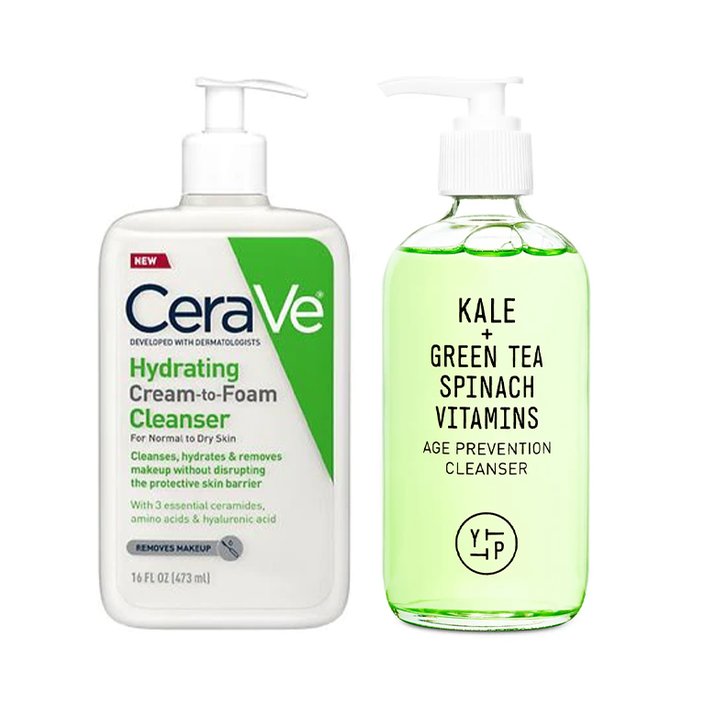
STEP 3: Address Skin Irritation and Chafing
To help comfort over-exfoliated skin, try using a soothing balm like the La Roche-Posay Cicaplast Baume B5 or a protective ointment, like the CeraVe Healing Ointment.
When to Start Exfoliating Again
Only after your skin is feeling back to normal should you go back to exfoliating regularly again. Start small by incorporating an exfoliator into your routine once a week and build up your tolerance to a few times a week. A board-certified dermatologist can also help you determine how often you should be exfoliating based on your skin type — more on that below.
How Often Should You Exfoliate?
According to Dr. Garshick, this answer depends entirely on your skin type and what you’re using to exfoliate. “For example, some gentle exfoliating acids may be incorporated into cleansers designed for routine use, while exfoliants with high concentrations of exfoliating acids may be used two to four times per month. Those with dry or sensitive skin should be cautious when exfoliating to not cause additional dryness or irritation to the skin and to use products that are gentle on the skin.”
If you have acne or oily-prone skin, you may do better exfoliating every other or every day. Your dermatologist can help you determine what products to choose to exfoliate and how often you should be exfoliating.
How to Avoid Over-Exfoliating
After you’ve properly taken care of your skin and helped to reduce visible signs of irritation caused by over-exfoliating, you can slowly start reintroducing exfoliation to your skincare routine. Try these five steps to get your exfoliating regimen back on track.
STEP 1: Weigh Your Options
There’s more than one way to exfoliate, and the option you choose could impact how your skin reacts. Selecting a product that isn’t right for your skin type makes it all the more likely you’ll see over-exfoliation or skin irritation. According to the American Academy of Dermatology, those with oily skin may be better suited to stronger physical exfoliation, while those with dry, sensitive, dark spot- or acne-prone skin may prefer a mild chemical exfoliator — one of our favorites is the Lancôme Absolue Rose 80 Toner with salicylic acid. If you want to try something stronger, we love the INNBeauty Project Down to Tone Toner, which has a six-acid blend plus antioxidants for brighter, more even-toned skin. Again, your dermatologist can help you choose the proper exfoliation product and routine.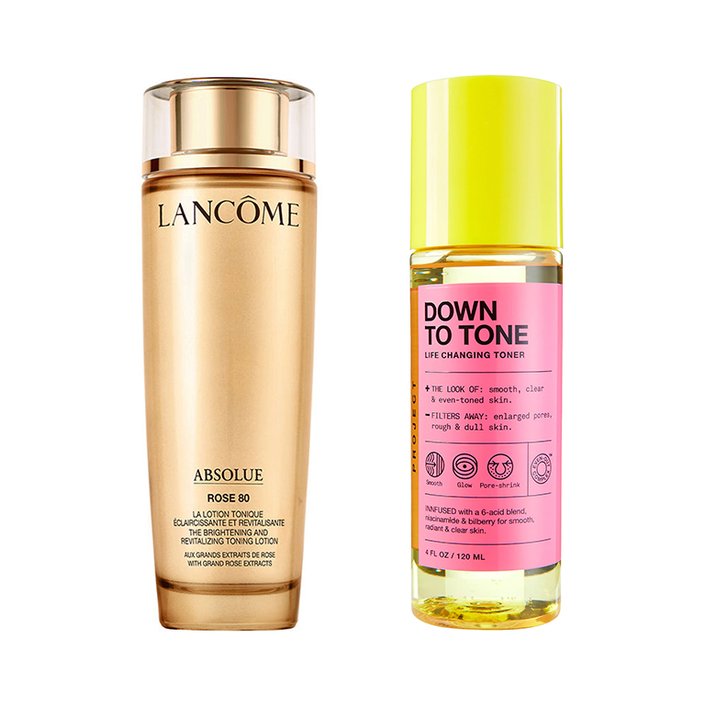
STEP 2: Consider the Rest of Your Routine
It’s possible that the products you’re already using have made your skin more sensitive to exfoliation. If you’re using other active ingredients like retinol or benzoyl peroxide, make sure to alternate days when you’re exfoliating and using those ingredients so that you’re not increasing your skin’s sensitivity.
STEP 3: Find the Right Frequency
The most important thing you can do when trying to avoid over-exfoliating your skin is to be cautious with how often you exfoliate. How often you exfoliate should depend on your skin type and the exfoliation method selected; the more aggressive the method, the less often you’ll need to exfoliate.
To determine what’s right for you, start slow. Dr. Kwan typically recommends exfoliating only once a week. If you think your skin can handle more, gradually increase the frequency, being sure to look out for signs of irritation or over-exfoliation.
STEP 4: Be Gentle During Application and Removal
How you apply (and remove) your exfoliator matters. Whether you’re using a face scrub or an alpha-hydroxy-acid (AHA) or beta-hydroxy-acid (BHA), be sure to apply the product gently in small, circular motions. For a physical exfoliator for the body, the AAD says to only massage it into your skin for about 30 seconds. Then, rinse off with lukewarm water.
STEP 5: Always Follow With Moisturizer or Oil
This tip may not prevent over exfoliation, but it will keep your skin looking its best after exfoliating. Because exfoliating can be drying, it’s a must to apply moisturizer afterward. We love the Skinceuticals Triple Lipid Restore 2:4:2, or the Kopari Beauty Moisture Whipped Ceramide Cream.
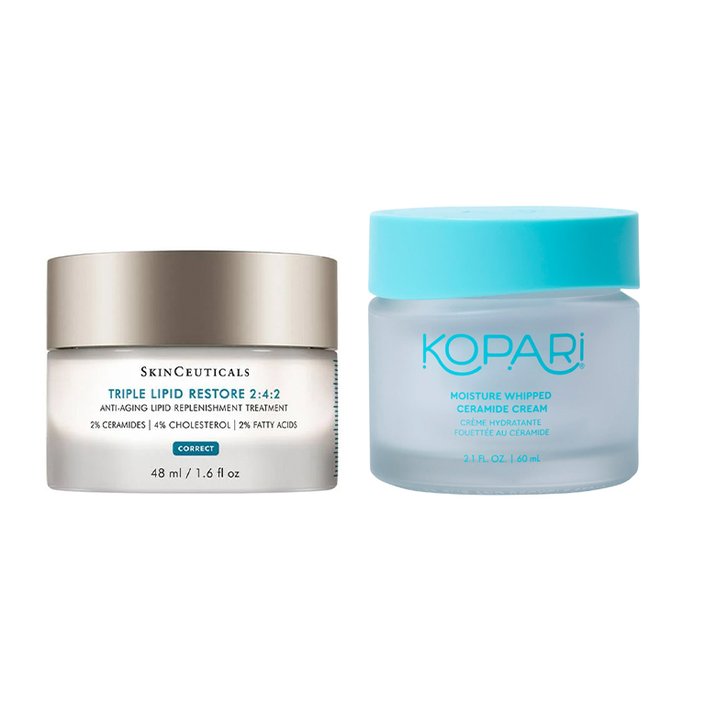
The 5 Best Gentle Exfoliators to Try
L’Oréal Paris Revitalift 5% Glycolic Acid Peeling Exfoliating Toner
Glycolic acid can help give you a brighter, more revitalized looking complexion. This toner, infused with the ingredient, works to slough off dead, dull skin cells and give your skin a boost with every use. It will also help decongest and minimize the appearance of large pores. This formula also contains soothing aloe to ensure that your skin doesn’t feel dry or stripped.
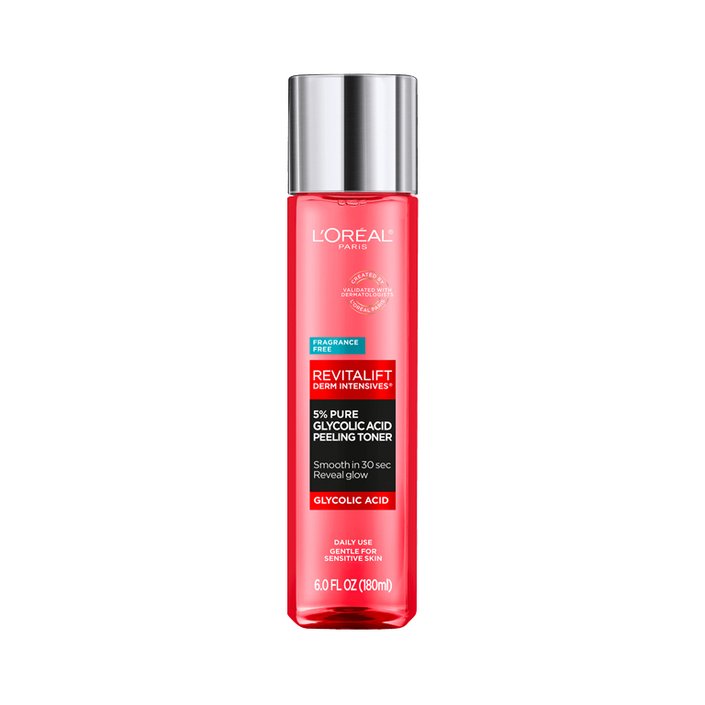
La Roche-Posay Salicylic Acid Treatment
Struggling with breakouts? Try this exfoliating treatment that works to clarify the skin. It has a combination of salicylic acid and glycolic acid to help reveal brighter, more even-toned and textured skin. The soothing niacinamide also helps keep your skin looking calm and smooth.
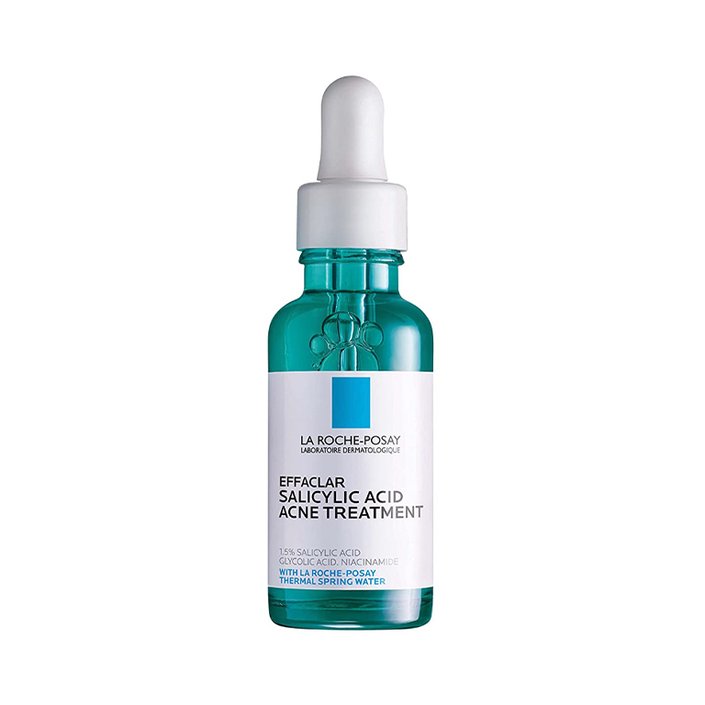
IT Cosmetics Bye Bye Pores Glycolic Acid Serum
This potent serum helps reveal softer, smoother skin with glycolic acid. We especially love it because it contains hyaluronic acid, which works to help the skin retain moisture and keep it looking fresh, hydrated and soft.
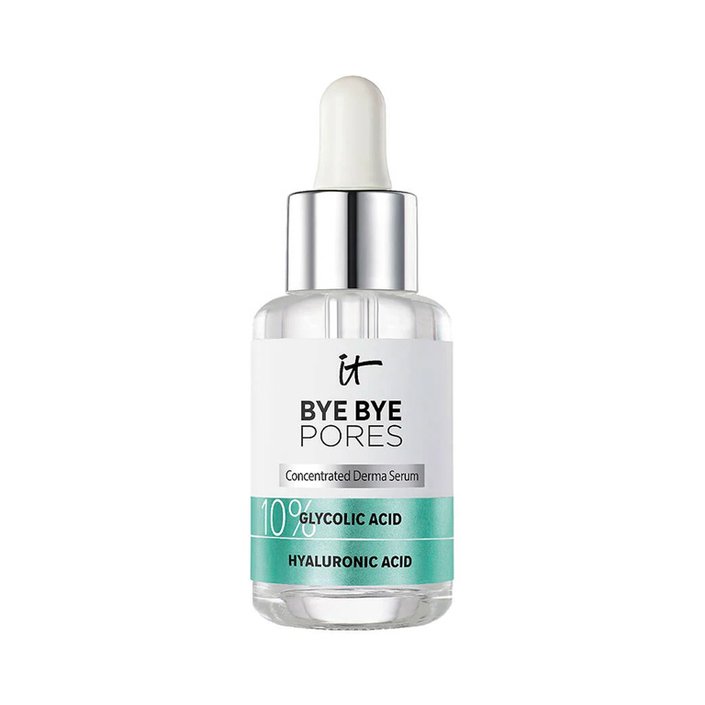
Mario Badescu Botanical Exfoliating Scrub
If you want to try an exfoliating scrub, opt for this pick. It has fine grounds of ivory palm seeds, plus aloe vera, ginger and ginkgo to help reveal soft, polished skin and won’t dry you out.
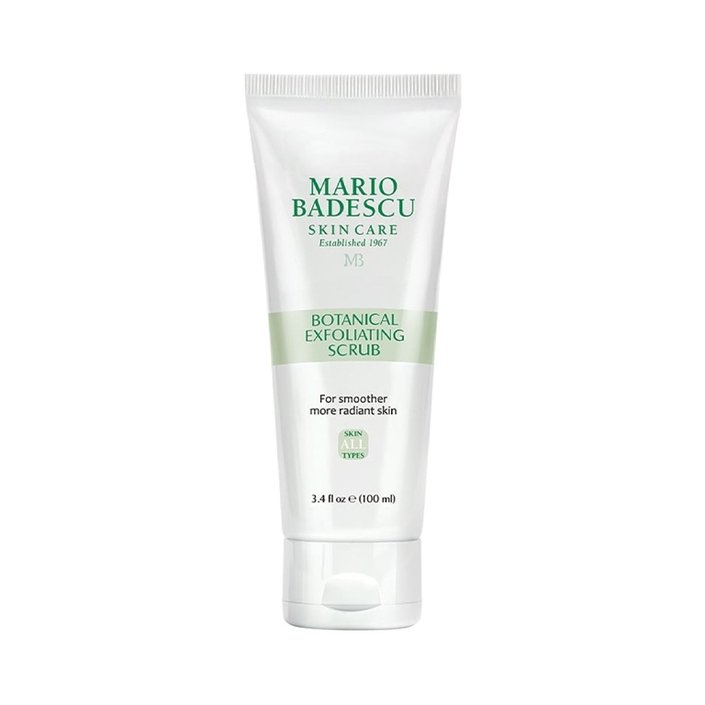
Biossance Squalane + Glycolic Renewal Mask
Give your skin a detox with this renewal mask that exfoliates with glycolic, lactic and malic acids. It also contains soothing squalane to ensure your skin stays nourished and peel-free.
